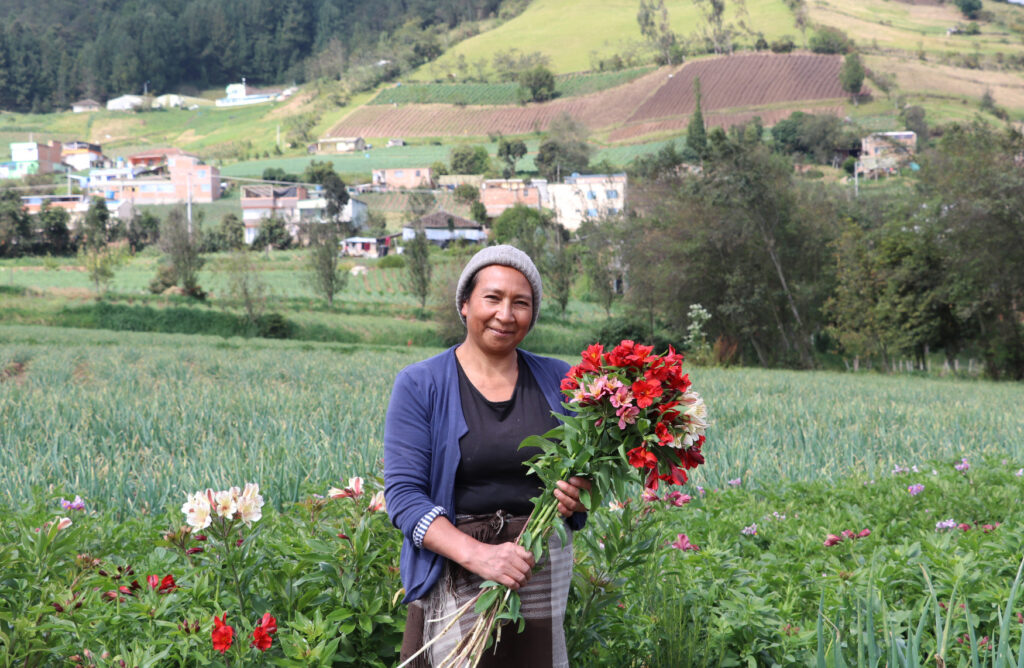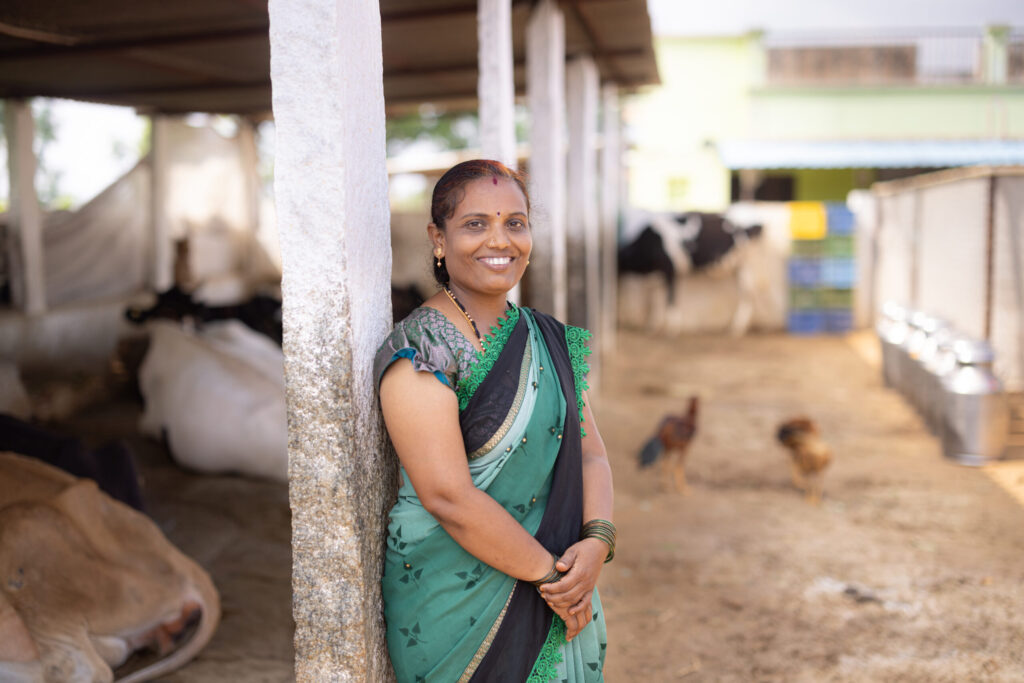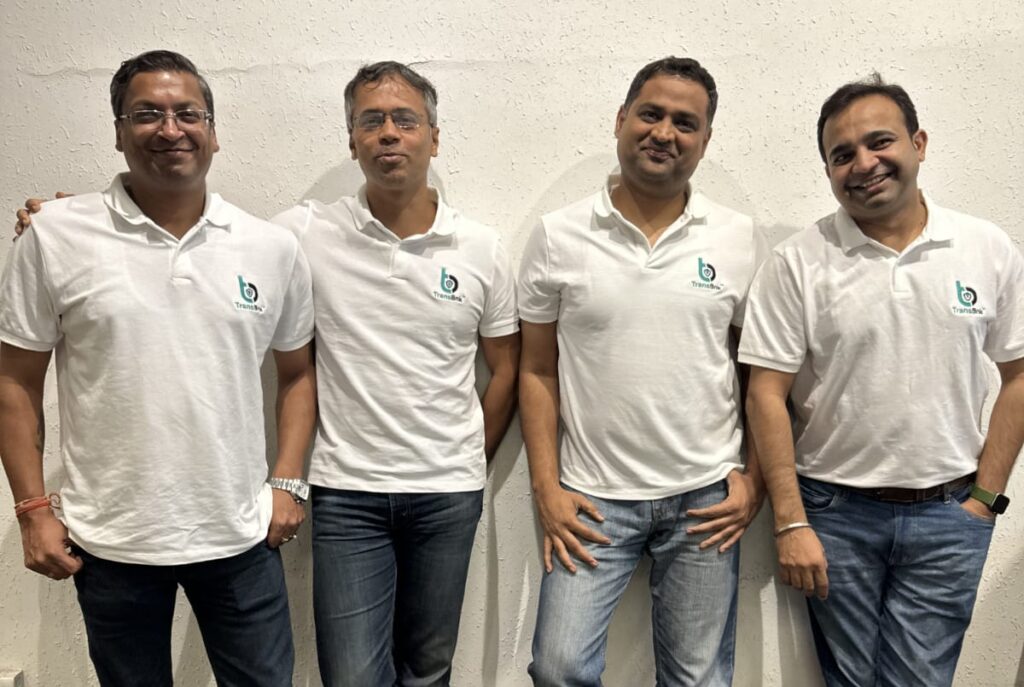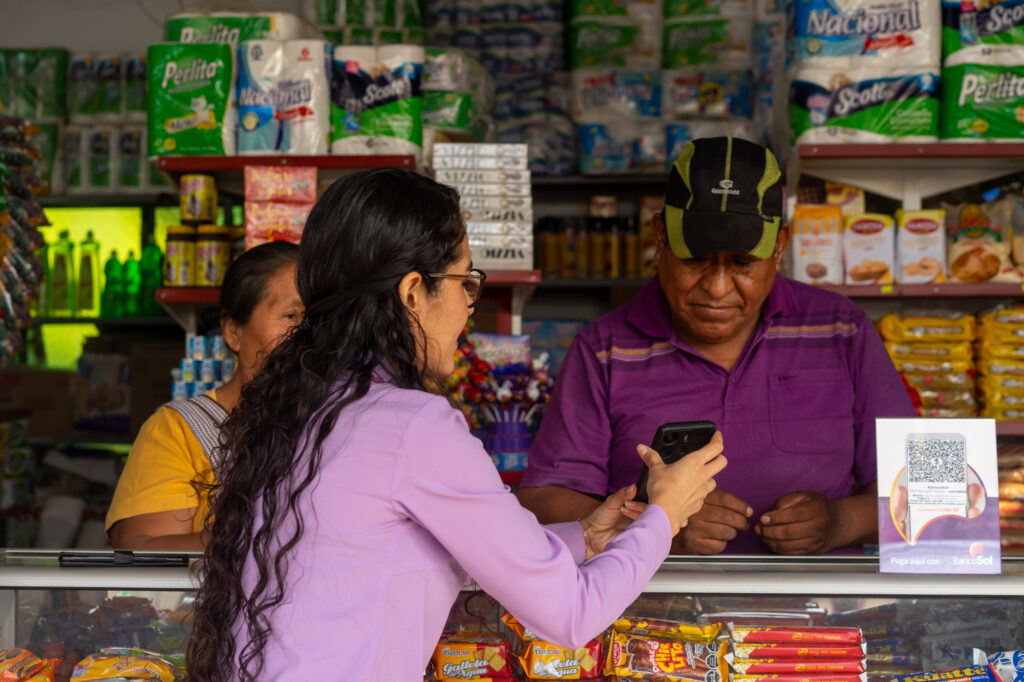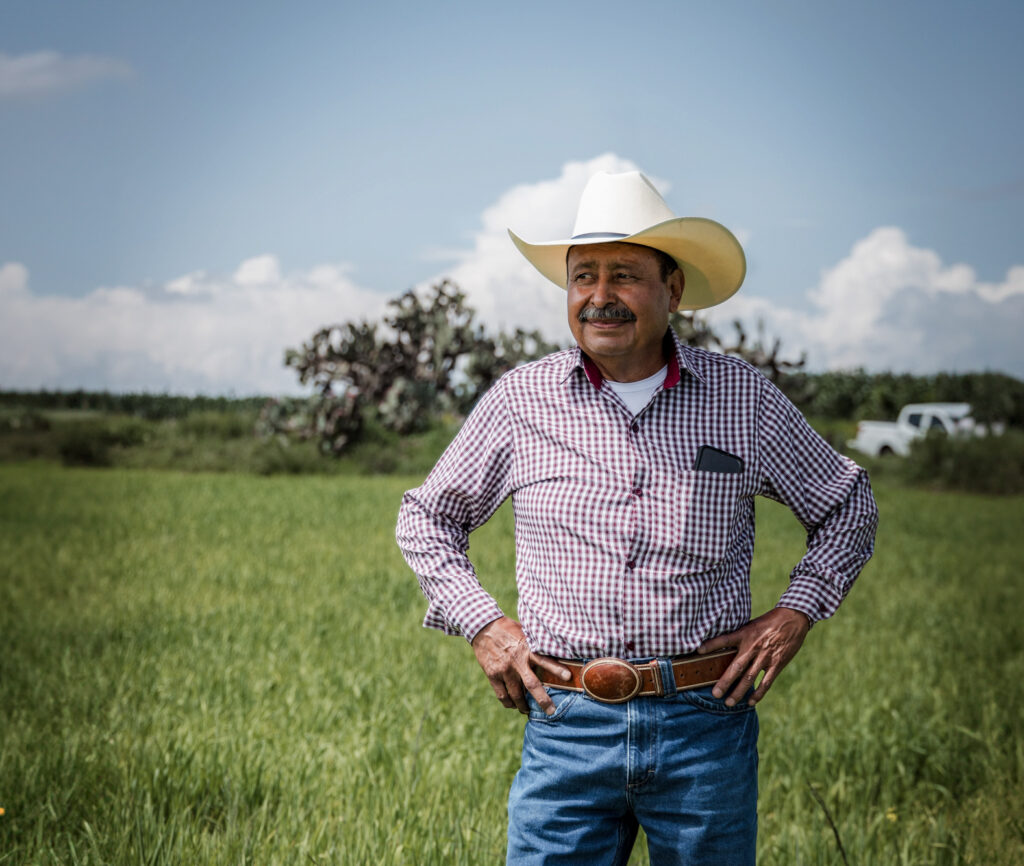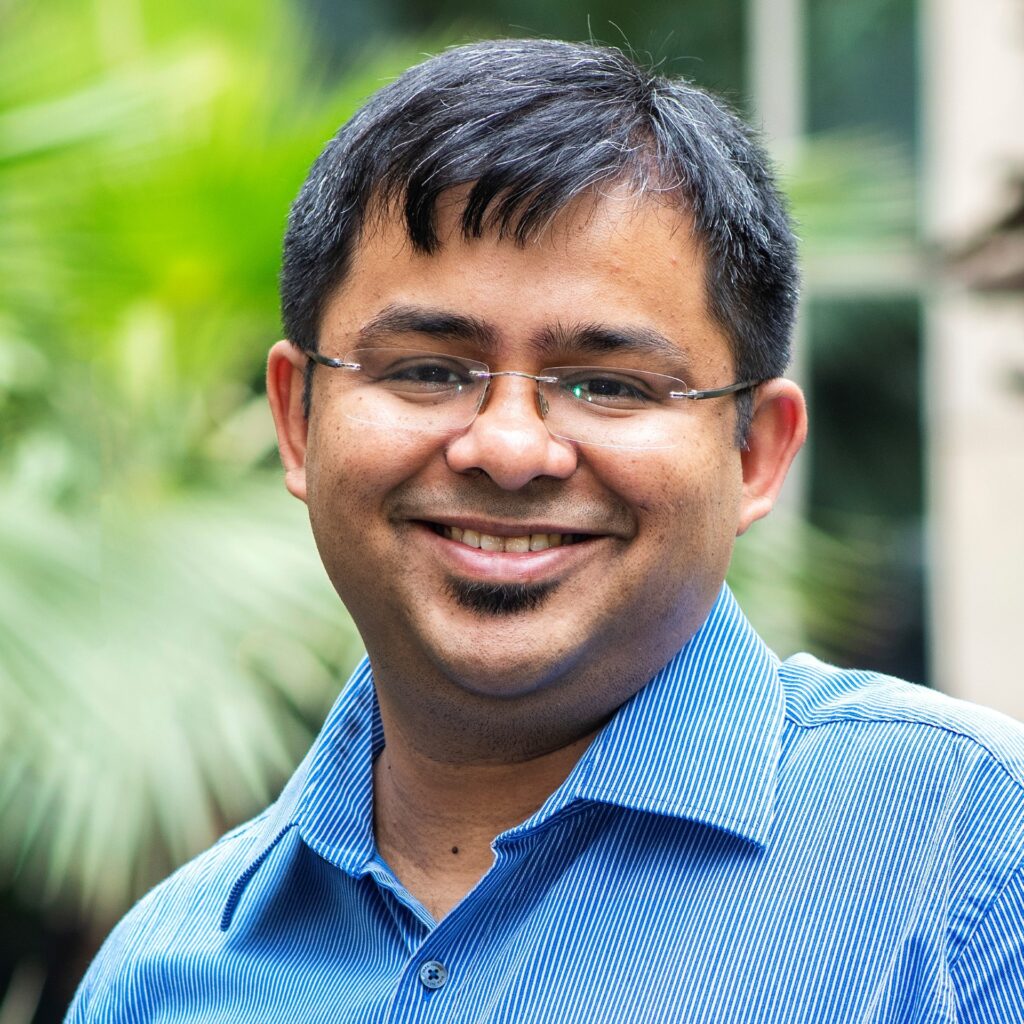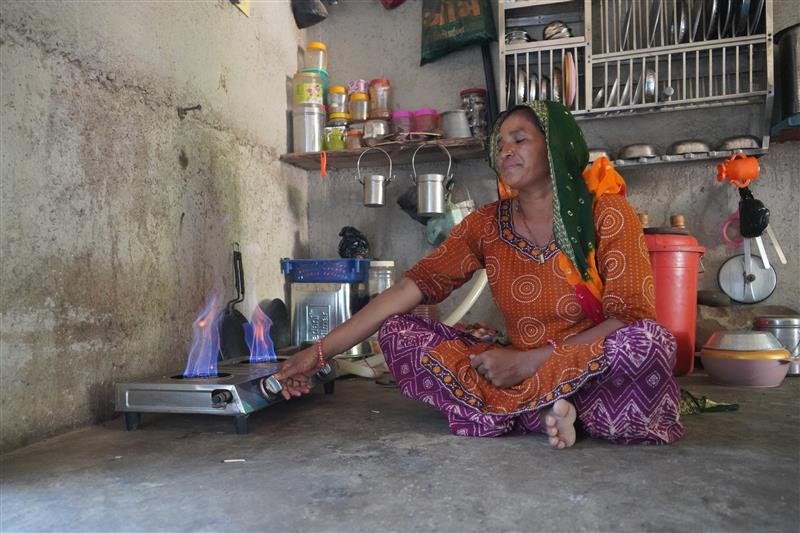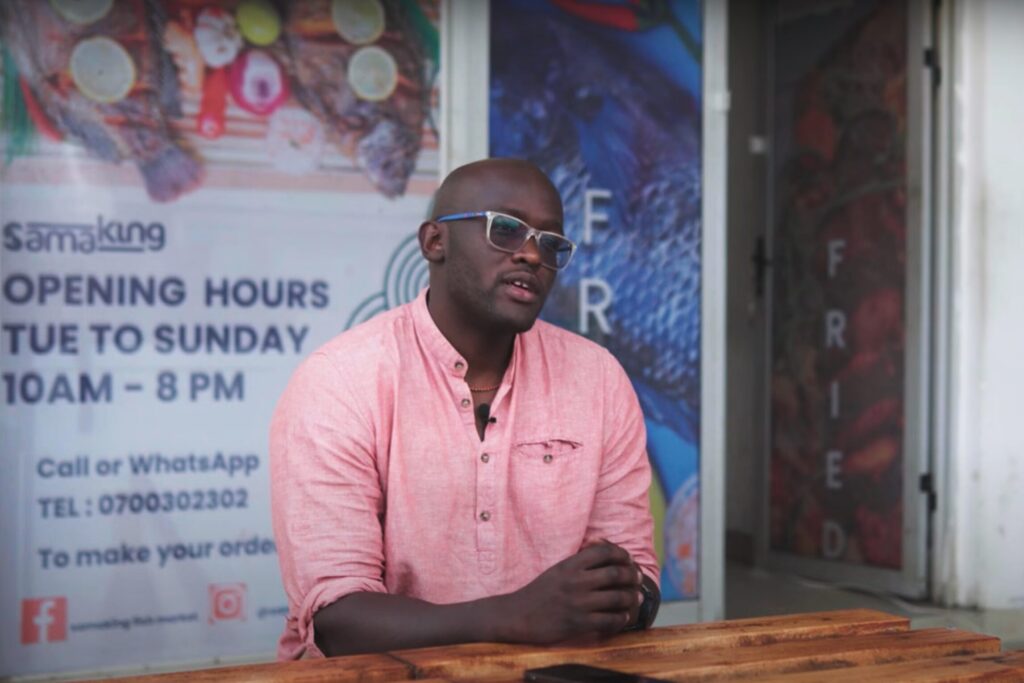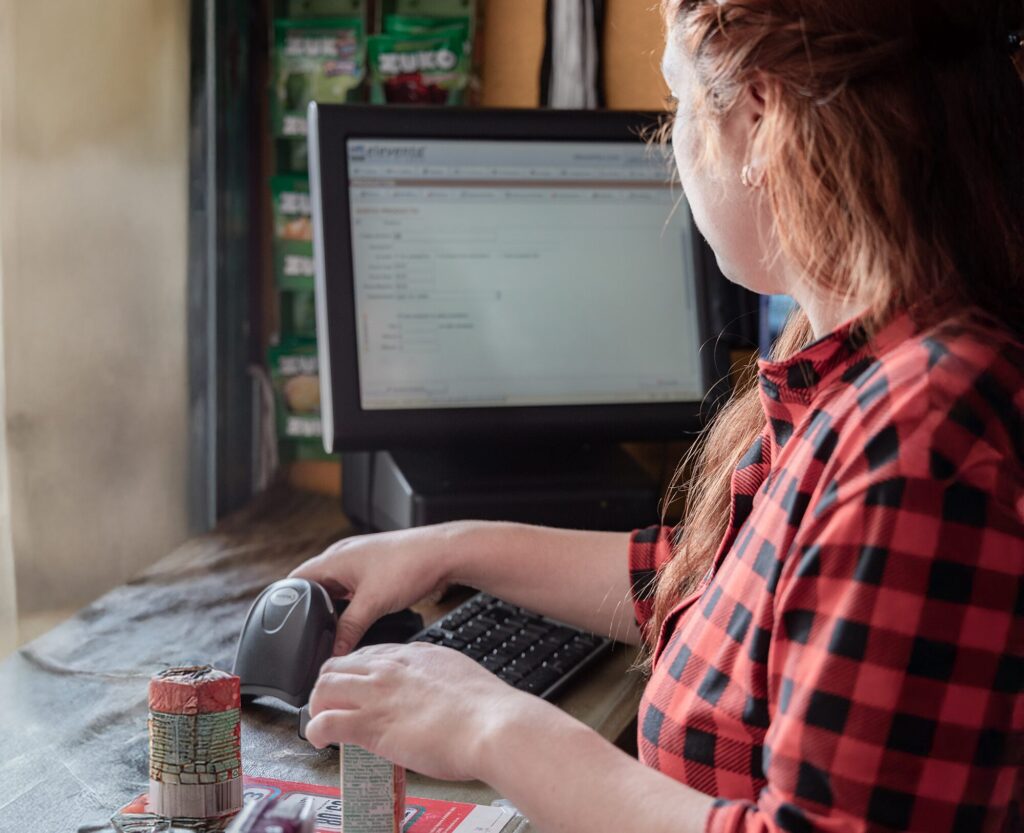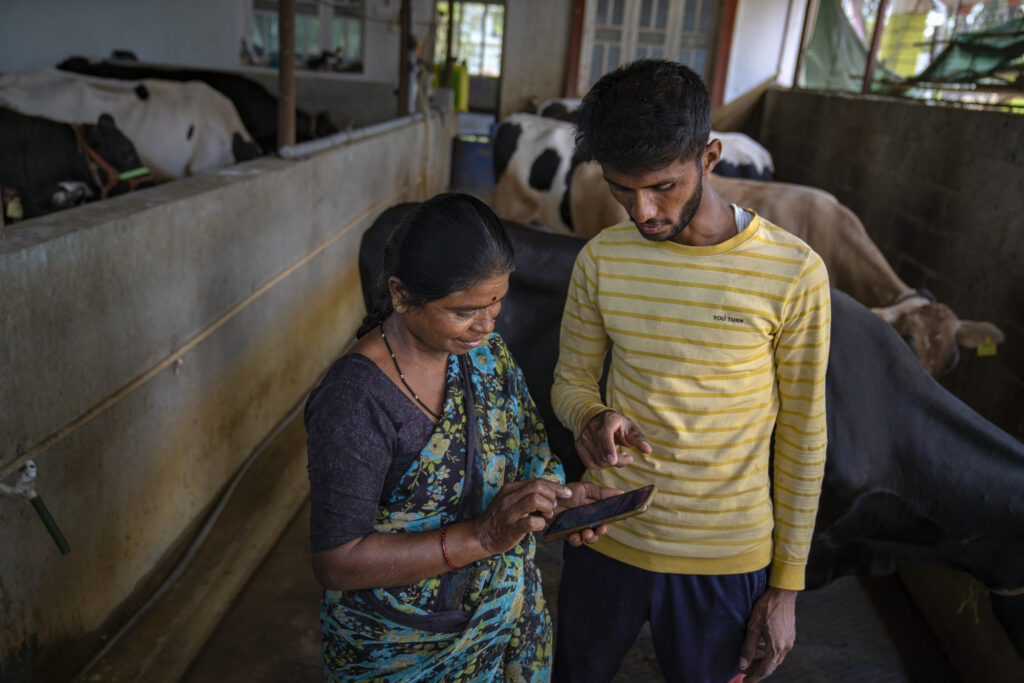
Amid sweltering heat, metallic fumes, bright yellow sparks, and the clamor of iron that echoed throughout the day, Shivaramu would wear his safety gear covered in soot while welding parts of small and large vehicles. After spending his day working at the factory, he would come back to a congested, dingy room — miles away from his home and family.
Shivaramu SD, 26, spent more than two years working in an automobile factory in Bidadi, a small town in Karnataka, India, earning INR 7,000 ($84) a month. “My salary would get spent on house rent, food, and other needs,” he shared. “My expenses were more than my income in the city. Sometimes, I even had to take money from home to survive [there].”
Every year, millions of young people like Shivaramu migrate from rural areas to cities or urban settlements in search of employment opportunities. The latest census data (2011) estimated more than 450 million migrants in the country. 13 years later, the number is expected to have reached nearly 600 million. Due to the absence of necessary documentation, inability to access social welfare benefits, and a lack of power to negotiate wages, most migrant workers are forced to take up menial jobs, become gig workers, and provide daily labor at nominal wages.
When the COVID-19 pandemic led to a nationwide lockdown in India, work opportunities dried up and many migrant workers found themselves far from their homes, with no income and minimal savings, unable to afford rent, food, or medicine. During this time, the country witnessed a mass exodus of migrants rapidly returning to their homes through any means possible. Shivaramu was also one of them.

Since childhood, Shivaramu had seen his parents toil in the fields near their home to earn a livelihood. On their three acres of land, they would cultivate sugarcane and coconuts. Yet, irregular income from agriculture ceased to provide income and food security to the family. “I used to not only do agriculture on my land. If someone would call me to plow their land, I would go and plow their land for 300 to 400 rupees,” shared Devaraja, Shivaramu’s father.
Having lost his job and left with dwindling savings, Shivaramu decided to assist his family in agriculture, and start a small cattle business to supplement his family income. “I started with just two cows,” Shivaramu shared.
To increase milk production and subsequently his income, Shivaramu decided to invest in his cattle business. He applied for an enterprise loan of INR 300,000 ($3,590) at Dvara KGFS. A long-term partner of Accion, Dvara KGFS aims to support the wealth creation and financial well-being of rural customers by bringing credit, savings, and insurance to rural communities in India through their tech-touch model.
“Dvara gave me a list of required documents on the first day,” Shivaramu shared. “When all documents were deposited, they processed my loan within two days.”
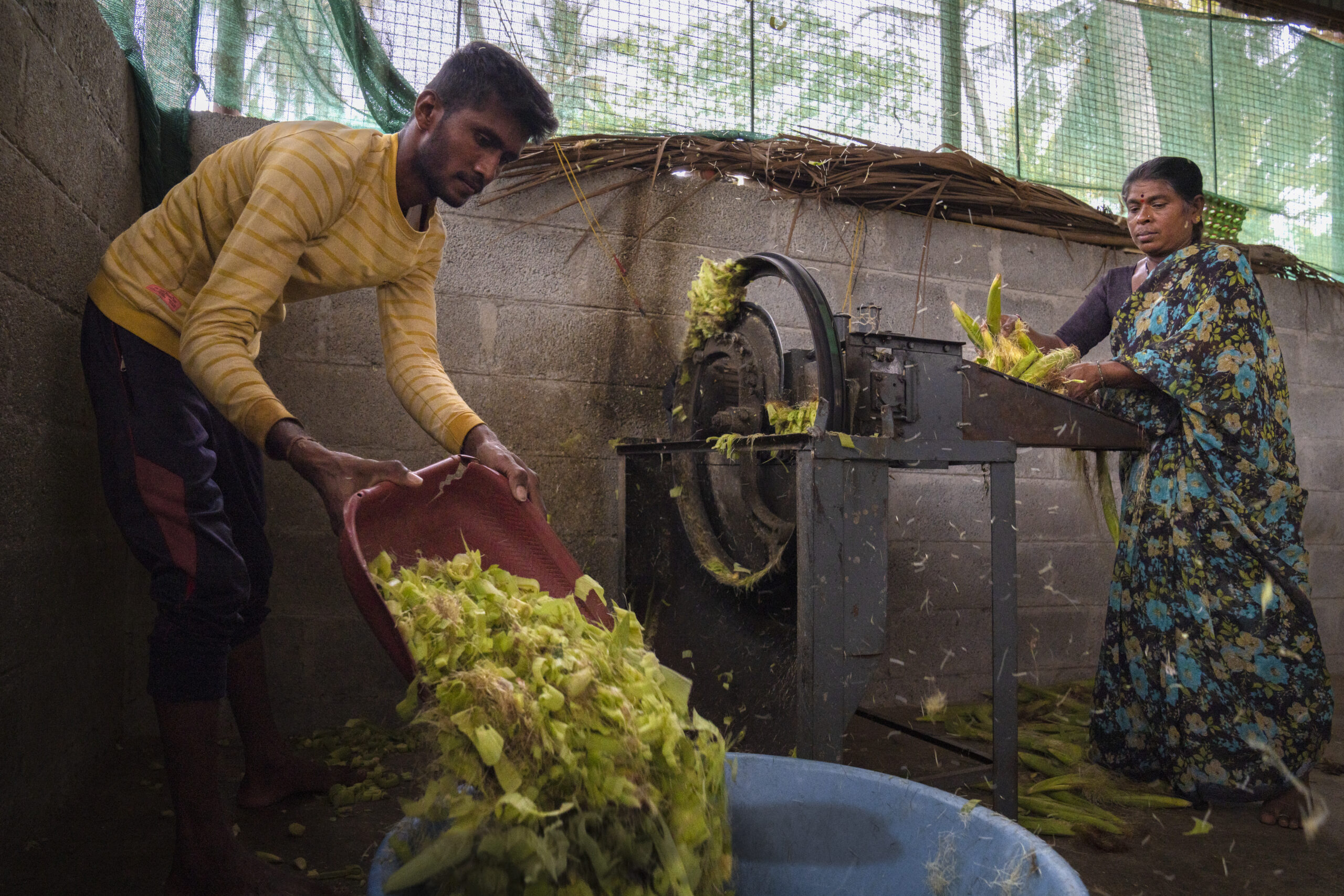
With access to credit, Shivaramu invested in increasing the size of his herd, building a cattle shed, and preparing the land to cultivate fodder.
Rearing cattle entails timely feeding the cows, regularly cleaning the shed, and taking care of the cattle. Shivaramu explained, “My father gets up at three in the morning to remove the dung. When I go to work in the fields, my mother takes care of all the cows. … [she] helps in feeding and cleaning the cattle.”
With the help of the loan amount, he purchased milking equipment which reduces manual labor. His parents can now milk the cows in 40–50 minutes, which otherwise would take several hours. With access to necessary funds, he is also able to hire labor to help him plough his land, cultivate sugarcane and fodder, and harvest when the crop is ready.
From his current herd size, Shivaramu gets nearly 100 to 130 liters of milk a day. He supplies the milk to the nearest milk collection center and receives approximately INR 34 ($ 0.41) per liter, depending on the fat content in the milk. “Including income from milk, sugarcane, and fodder, … I am earning a profit of around INR 85,000 [$ 1,016] a month,” he shared.
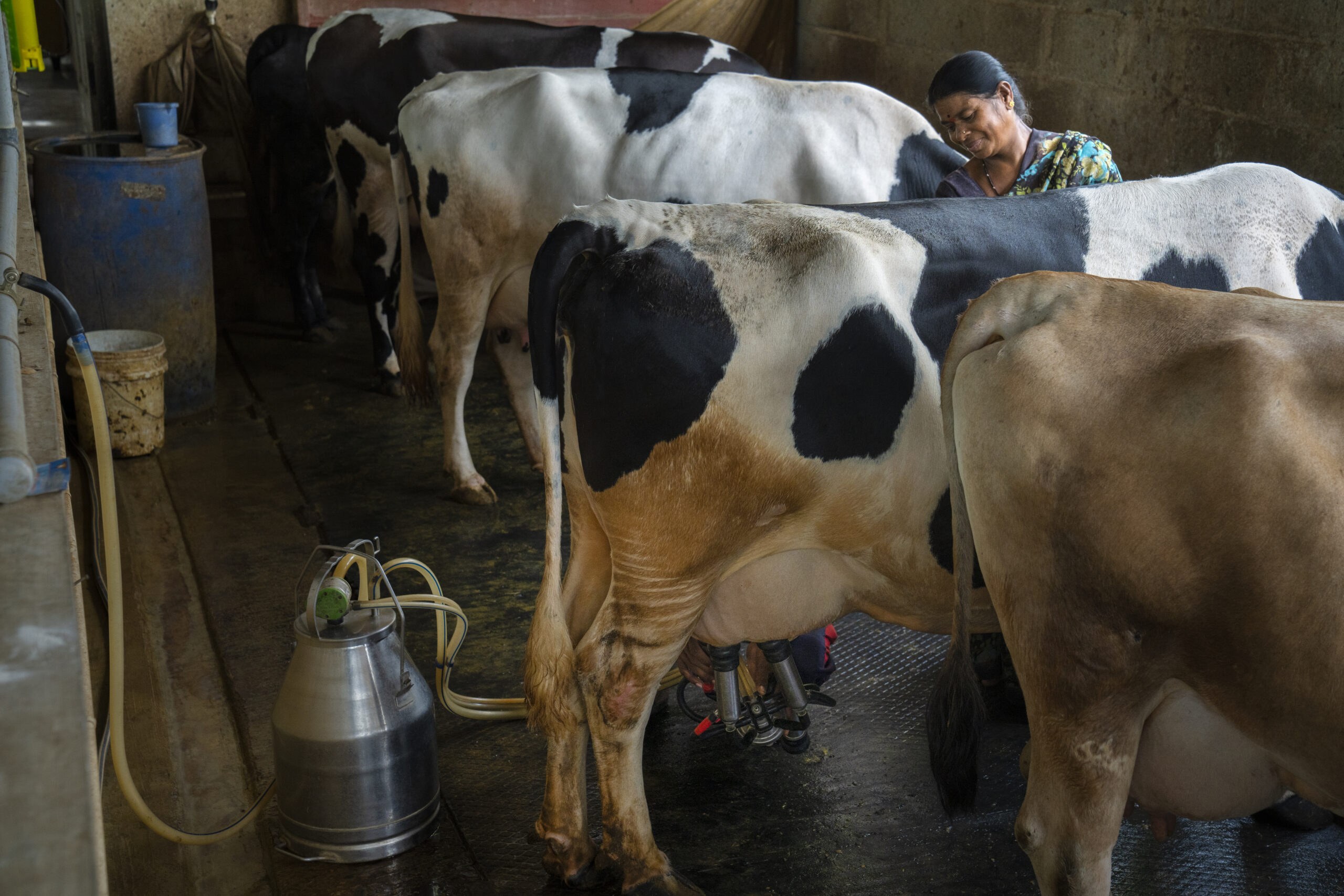
Shivaramu digitally repays his loan every month, saving him the time to travel to the bank’s branch to deposit money and spend that time taking care of the cattle, working in his field, and spending time with his family.
Accion supported Dvara KGFS with developing and implementing a digital omnichannel strategy to boost operational efficiency and drive greater customer engagement. This included expanding Dvara’s WhatsApp conversational platform, and integrating with the Unified Payments Interface (UPI) for digital payments. Since their launch in early 2022, the uptake of Dvara KGFS’ digital channels has grown to nearly 23,000 monthly active customers.
As the income from his business increased, Shivaramu started the construction of his family house. “Earlier we used to live in a mud house with a thatched roof,” Devaraju shared. “The tubewell had dried up. We were struggling there,” his mother, Rathanamma, added. With a regular and dependable income, Shivaramu completed the construction and moved his family into the new house.
“Compared to how we were living then and had nothing, now we have our house and everything else we need.”
Reminiscing on the past, Rathanamma shared, “My son used to live away from the family in the city. He came back and started raising cows. Compared to how we were living then and had nothing, now we have our house and everything else we need.”
Shivaramu’s success reflects the potential of small businesses to generate income and employment for youth. Access to necessary infrastructure, technology, and responsible financial services can enable people to build thriving businesses and live a dignified life.
Learn more about how Accion is working to connect micro, small, and medium enterprises with the evolving digital financial ecosystem across the world.

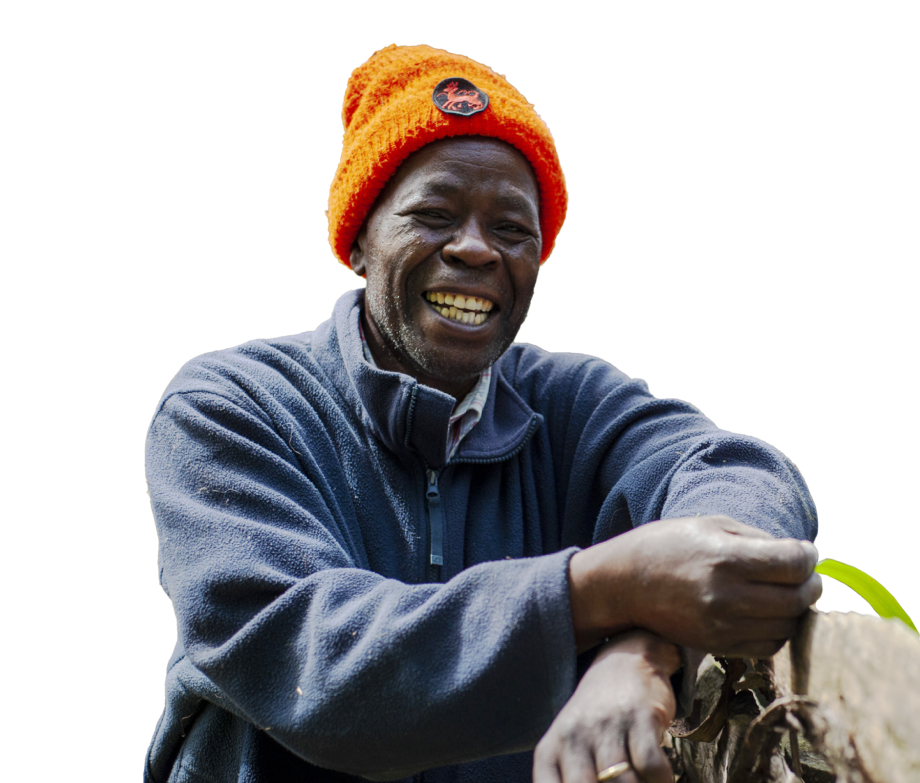
Support our work
Will you join us?
Today, after decades of improvement, global poverty and inequality are on the rise, making our mission more urgent than ever.
